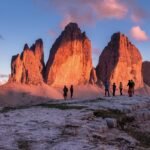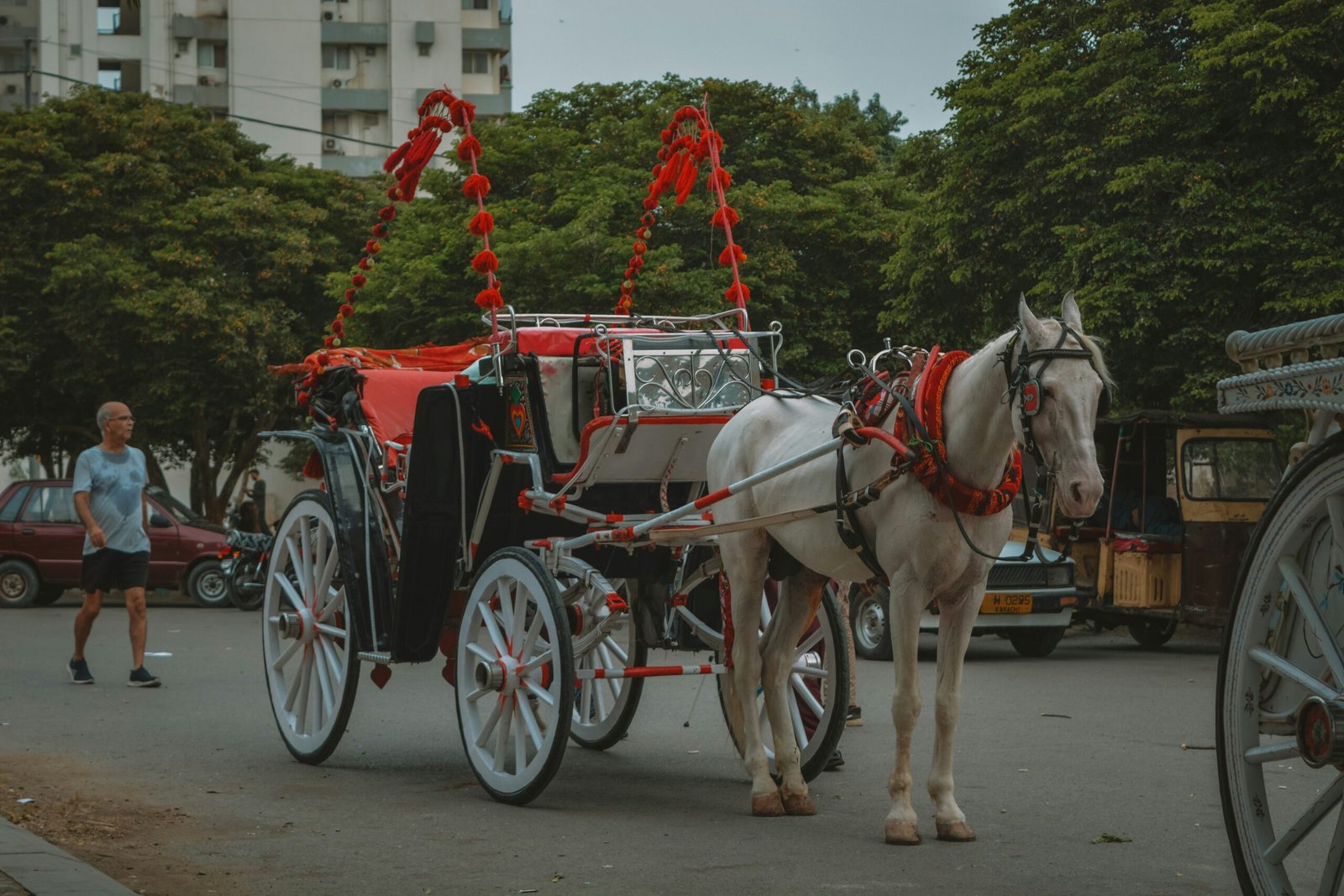The Abode of Clouds, Where Nature Reigns
Meghalaya
HIGHLIGHT
Meghalaya’s lush rainforests, mysterious caves, and charming hill towns invite adventurers, culture seekers, and travelers to explore a land where every corner holds a new discovery.
Into the Green Heart of Meghalaya
A Journey Through Rainforests, Root Bridges, and Rolling Hills
From the wettest places on Earth in Cherrapunji to the vibrant culture of Shillong, Meghalaya provides an enchanting blend of natural beauty and rich tribal traditions.
Meghalaya, literally meaning the "Abode of Clouds", is a state in Northeast India known for its dramatic landscapes, mist-covered hills, lush green valleys, and rich cultural heritage. It is home to some of the highest rainfall areas in the world, such as Cherrapunji and Mawsynram, and boasts spectacular natural wonders like living root bridges, pristine waterfalls, and ancient caves. The state’s capital, Shillong, is often called the "Scotland of the East", due to its rolling hills and charming colonial architecture. Meghalaya offers travelers a serene retreat into nature, coupled with vibrant tribal culture and thrilling adventure activities.
History
Meghalaya’s history is closely tied to its indigenous tribes, primarily the Khasis, Jaintias, and Garos, who have lived in the region for centuries, preserving their customs, language, and traditions. Before British colonization, these tribes had their own systems of governance, with the Khasis practicing a unique matrilineal system. During the British era, Meghalaya was part of Assam and played an important role as a hill station retreat due to its cool climate. After Indian independence, Meghalaya became a separate state in 1972, following demands for autonomy by its tribal communities. Today, Meghalaya continues to thrive as a state that beautifully blends its ancient tribal heritage with modernity.
Points of Interest
Cherrapunji (Sohra):
Known for being one of the wettest places on Earth, Cherrapunji is famous for its stunning waterfalls, such as the Nohkalikai Falls, and its breathtaking landscapes. It is also home to the iconic living root bridges, which are natural bridges formed by training the aerial roots of rubber trees. The Double Decker Living Root Bridge in the village of Nongriat is a must-visit for trekkers.Shillong (Scotland of the East):
Meghalaya’s capital, Shillong, is a vibrant hill station known for its pleasant climate, picturesque hills, and lively culture. Key attractions include Ward’s Lake, the Shillong Peak, offering panoramic views of the city, and the Elephant Falls. The city is also a cultural hub, known for its music festivals and colonial architecture.Mawsynram:
Another contender for the title of the wettest place on Earth, Mawsynram offers lush green landscapes and incredible natural beauty. It’s a perfect destination for nature lovers and is famous for its stalagmite structures in the Mawsmai Cave and the surrounding rain-soaked hills.Dawki and Umngot River:
Dawki, located on the India-Bangladesh border, is famous for the crystal-clear Umngot River, where the water is so clear that boats appear to float in the air. Visitors can enjoy boat rides on the river, explore the nearby Shnongpdeng village, or simply marvel at the beauty of the surroundings.Mawlynnong (Cleanest Village in Asia):
Known as the “Cleanest Village in Asia”, Mawlynnong is a charming village that showcases the ecological consciousness of the Khasi tribe. The village is famous for its cleanliness, bamboo houses, and the nearby Sky Walk, a bamboo structure offering panoramic views of Bangladesh’s plains.Laitlum Canyons:
A hidden gem in Meghalaya, the Laitlum Canyons offer breathtaking views of verdant hills, valleys, and gorges. A short trek leads to these majestic cliffs, which provide a perfect spot for photography and nature walks.Nartiang Monoliths (Jaintia Hills):
Located in the Jaintia Hills, Nartiang is home to the largest collection of monoliths in the world, some dating back to the 16th century. The standing stones are a testament to the Jaintia tribe’s ancient customs and add a mystical charm to the region.Siju Cave:
One of India’s longest cave systems, Siju Cave is located in the Garo Hills and is a must-visit for adventure enthusiasts. The limestone cave is filled with beautiful stalactites and stalagmites, offering a thrilling experience for explorers.Balpakram National Park (Garo Hills):
Known for its rich biodiversity and mystical folklore, Balpakram National Park is often referred to as the “Land of Spirits” by the Garo tribe. The park is home to rare species such as the red panda, Asian elephant, and Indian bison. Its stunning landscapes and diverse wildlife make it a paradise for nature lovers and wildlife enthusiasts.
Culture and Festivals
Meghalaya is home to vibrant and colorful tribal festivals that reflect the state’s deep connection to nature, music, and traditions. The three main tribes – Khasis, Jaintias, and Garos – celebrate festivals with dance, music, and rituals that showcase their unique way of life.
Wangala Festival (Garo Tribe):
Also known as the 100 Drum Festival, Wangala is a post-harvest festival celebrated by the Garo tribe. The festival involves traditional dances, the rhythmic beating of drums, and rituals to honor the Sun God, Misi Saljong. It’s a joyful celebration of the harvest and prosperity.Nongkrem Dance Festival (Khasi Tribe):
Celebrated in Shillong, the Nongkrem Dance Festival is a vibrant Khasi festival that honors the goddess Ka Blei Synshar. The highlight of the festival is the graceful Nongkrem dance performed by the Khasi women in traditional attire, accompanied by music and rituals for a bountiful harvest.Shad Suk Mynsiem (Khasi Tribe):
A spring festival, Shad Suk Mynsiem, or the “Dance of Peaceful Hearts”, is a traditional Khasi celebration of fertility, prosperity, and the harvest. Men and women in traditional attire perform ceremonial dances to honor their ancestors.Behdeinkhlam Festival (Jaintia Tribe):
Celebrated by the Jaintia tribe, Behdeinkhlam is a festival to drive away evil spirits and bring prosperity to the land. It features colorful processions, traditional dance, and the ritualistic beating of drums, offering a vivid glimpse into Meghalaya’s tribal culture.Shillong Autumn Festival:
A modern addition to Meghalaya’s cultural calendar, the Shillong Autumn Festival celebrates the state’s natural beauty and cultural diversity with music, dance, water sports, and craft exhibitions. The festival attracts tourists and locals alike to enjoy Meghalaya’s art, culture, and outdoor activities.
What's the weather like?
When to visit Meghalaya
The best time to visit Meghalaya is during the winter and spring months, from October to April, when the weather is cool, pleasant, and ideal for sightseeing. The monsoon season (June to September) sees heavy rainfall, especially in Cherrapunji and Mawsynram, making it an adventurous but wet experience for travelers.
10
°C
60
MM
15
°C
80
MM
Spring
March to May
Summer
June to August
10
°C
100
MM
4
°C
90
MM
Autumn
September to November
Winter
December to February
Spring
March to May
Summer
June to August
Autumn
September to November
Winter
December to February
Example Trips
Book Your Tour
Browse our example trips and get in contact to start planning your very own adventure.
Escape the Ordinary
Our Stories
"Memories of a Lifetime"
Thanks to Hidden Journeys, we discovered parts of India we didn’t even know existed. Their knowledge of local culture and hidden gems made this the trip of a lifetime. Can’t wait for our next adventure with them!

Lita from Japan
"Tailored Perfection!"
Our travel agent listened attentively to our preferences and crafted a bespoke itinerary that exceeded our wildest dreams. From securing coveted reservations to arranging private tours, they went above and beyond to ensure our satisfaction. Thanks to their dedication and expertise, we enjoyed a seamless and truly unforgettable journey. We can't wait to plan our next adventure with them!

flombergdeb from USA
CEOApple"A Dream Destination Wedding Come True"
Hidden Journeys planned our destination wedding in Rajasthan, and it was beyond magical. From the intricately planned ceremonies to the breathtaking venues, everything was flawless. Our guests still rave about the experience!

Mercel
Travel Safely with Hidden Journeys
Proudly Recognized by the Ministry of Tourism
At Hidden Journeys, your safety and memorable travel experiences are our top priorities. Proudly recognized by the Ministry of Tourism and affiliated with esteemed organizations such as ADTOI (Association of Domestic Tour Operators of India) and IOTA (Indian Outbound Travel Association), we ensure that every journey is crafted to the highest standards of quality and trust. With over 20 years of expertise in curating authentic, immersive travel experiences across India, we’re here to show you the unseen side of India with the utmost care and dedication. Travel with confidence and explore India like never before – only with Hidden Journeys.

As Seen In






Your Bespoke & Luxury Travel partner. Discover unseen of India.


